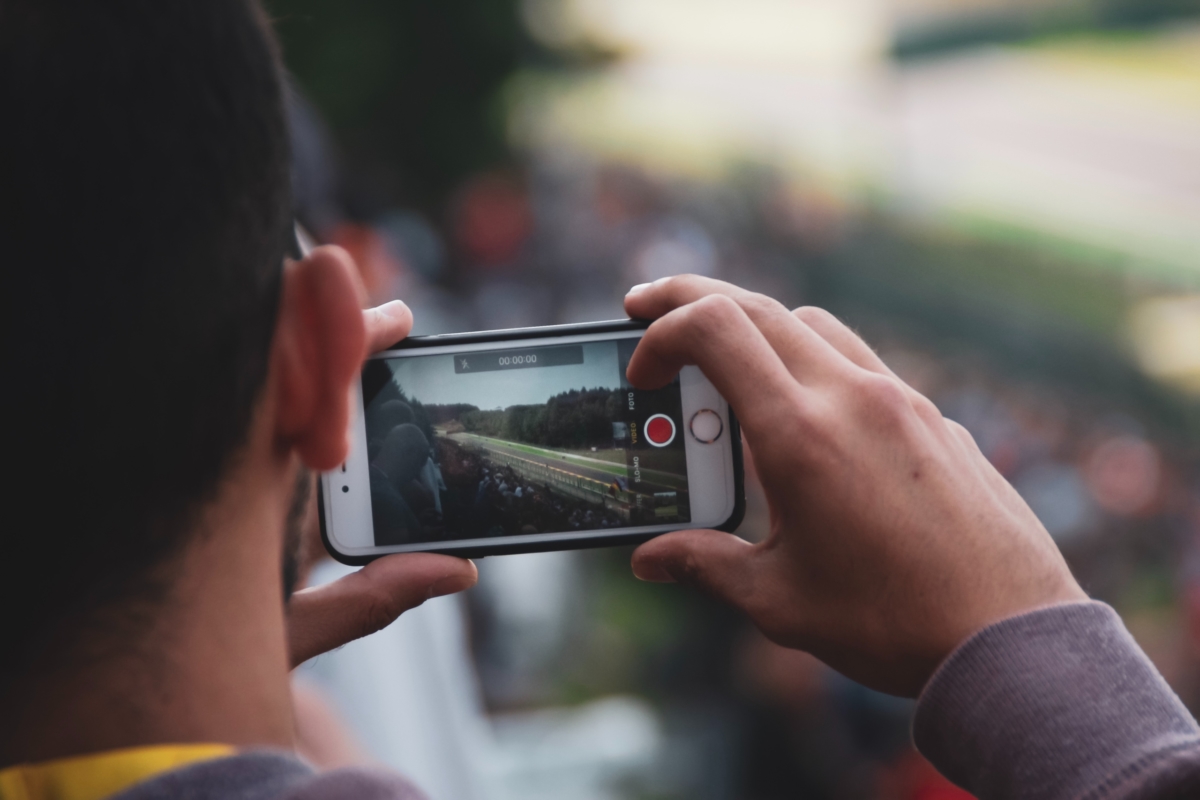Knowing how to smartly distribute your content via social media enables brands to stand out from the crowd. A new decade brings new developments, and this includes the realm of social media. Don’t lag behind. Instead rise above the noise with these six social media trends of twenty-twenty.
These days, it’s no exaggeration to say that many of us spend a big part of our life on social media. So it’s no wonder that companies want to use those same platforms to reach their target audience. But this is easier said than done. Millennials and Gen Z (also known as Millz) are digitally savvy generations with dwindling attention spans and the competition is steadily increasing. So the question, therefore, is: how do you best connect with your target audience? The following six trends can help you upgrade your existing social media strategy or simply rekindle with your customers.
1.Temporary content remains popular
This is the type of content that is only available for a short period of time and then disappears afterwards. Instagram and Snapchat Stories are perfect examples of this. Today, users like to consume content in a different manner than twenty years ago. Users like to share what they are doing in real-time. For this reason, the content format of ‘stories’ has become increasingly popular. These are frequently videos which are short yet captivating and encourage users to spend hours watching one after another. Stories are considered a more authentic type of content than a curated feed as shown by the significant increase of daily active users on Instagram’s Stories feature.
2. Niche platforms will grow
Apart from Facebook and Instagram, platforms which have always dominated the realm of social media, niche platforms have emerged in recent years and are significantly becoming more popular. TikTok, for example, is one of those platforms. Founded in 2016, the short video app was quick to be embraced by today’s youth. Now, it’s important for companies to decide whether it makes sense to be active on a niche platform. Does your target group use the platform heavily? If so, how can you incorporate this new medium into your marketing strategy? Is it even worth doing so in the long run? Keep in mind that companies who solely recycle their content across various online platforms are likely to be less successful than brands that intensively explore the network and its user structure, and understand how to address the users on each different platform.
Firework is another up and coming American video app. Similar to TikTok, Firework is a free interactive video platform that lets users find, create and share videos that last around thirty seconds. CEO Vincent Yang describes the app as “a short form of YouTube”. They aim to appeal to professional creators and build their reputation via well-crafted and professionally-directed video content. Given this focus, the app does not have a like or comment section to ensure that its creators continue to push the boundaries of creativity rather than feel pressured by a number.
3. Instagram removes links
With over one billion registered users, Instagram is one of the biggest social media platforms which means numerous brands use it to reach and communicate with their target demographic. However, any changes to the platform can have a lasting impact across the entire social media landscape. Recently, the app has been experimenting and rolling out removing the number of likes visible underneath a post. The company argues that this initiative is based on the potentially harmful effects of likes as a means of self-confirmation on the mental health of young people. So the general public cannot see the number of likes underneath an image, but the person who posted the image can still see how many likes their post generated.
Now, influencer marketing has grown rapidly in popularity. So much so that numerous brands are moving away from traditional TV ads to invest more in influencer marketing. Yet if Instagram removes the number of likes, brands will no longer be able to measure the direct impact of their influencer campaigns. They will be dependent on the influencers themselves to transmit key figures, which poses a risk of manipulation. This could lead some companies to invest in Instagram ads instead of influencers because they could then see again the impact of their Return on Investment. This is why some people believe the popular photo-sharing platform decided to remove likes solely to generate more advertisement sales. Other parties praise this initiative. It counteracts the competitive pressure that many users feel, which is mainly measured by the number of likes. If Instagram successfully removes this feature and gets more brands to switch to their advertising function, this could also bring about significant changes for social media marketing on other platforms.
4. Video content will dominate
Experts estimate that around 82% of all online content will be video content by 2022. This is likely due to the fact that video content is one of the most engaging content formats. And this genre is likely to dominate the social media landscape soon. Whether it’s short content, such as TikTok and Firework videos, or longer videos on YouTube, video content is the future of social media. Instagram is also going to invest more in the expansion of IGTV in the near future. So brands should consider including this type of content into their social media strategy if it’s relevant to them.

5. Influencer marketing will continue to grow
Influencer marketing is not a new trend, but it will probably stay with us for a bit longer. There are thousands of macro and micro-influencers in today’s social media landscape and new ones are popping up every day. 2020 will bring an increase in micro-influencer campaigns since these individuals are often perceived as more authentic, have higher engagement rates, and are cheaper to work with than their more prominent colleagues. Brands will rely on numerous “small” influencers instead of “big” influencers or consider both groups in their campaigns. A perfect brand fit will also become more important. Companies will select influencers who really embody their values and enter into long-term partnerships with them, rather than relying on one-off collaborations. The times when influencers are booked exclusively because they have a perfect number of followers has come to an end. This means smaller influencers who have a niche audience can benefit from this trend.
6. ‘Post with a purpose’: karma points for your Instagram profile
The #FridaysForFuture movement has shown that political activism has gained more of a hold on social media with more people wanting to become active themselves. The #TeamTrees initiative, which aims to raise $20 million to plant 20 million trees by 2020, was launched by a couple of YouTubers and managed to raise several millions in just a few weeks thanks to its distribution on YoutTube, Twitter and Reddit. “Post with a purpose” is the motto. So issues such as climate change, civil rights and gender equality are likely to be addressed more than ever before by influencers on social media.
Social media is always evolving
Social media, much like any other digital aspect, is evolving quickly. The above six trends are not the only changes that will take place on social media in the coming year. Social commerce will be another important topic, the integration of augmented reality, live streaming as seen on Twitch, authenticity and the general trend of sustainability are topics that we will encounter on social media in 2020 as well. However, don’t try to incorporate every trend into your social media strategy. Focus instead on what your target audience is interested in and adopt trends based on that.





